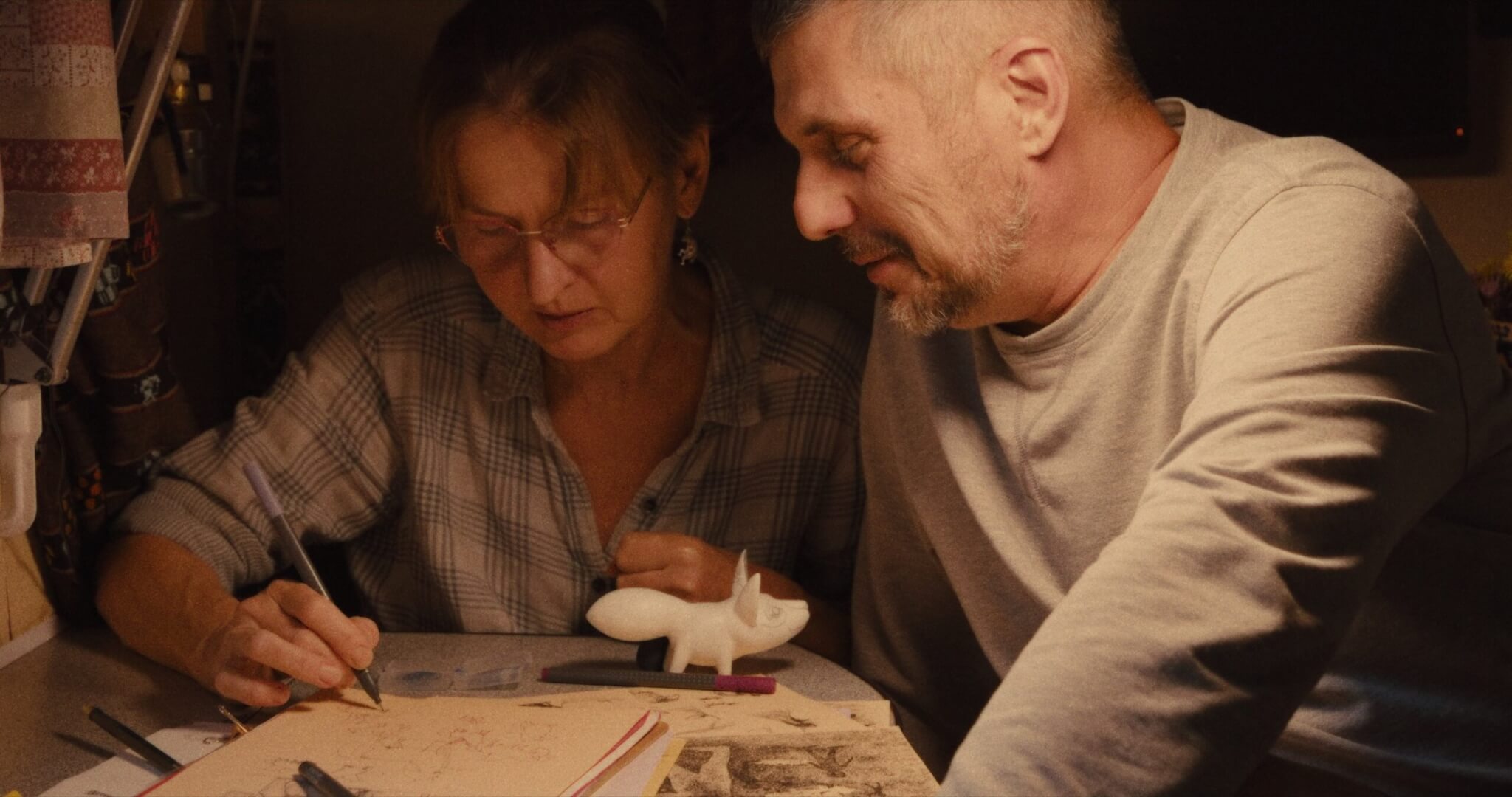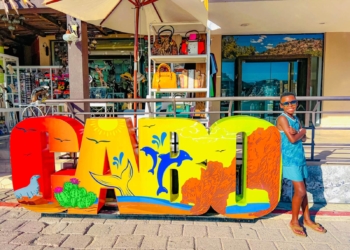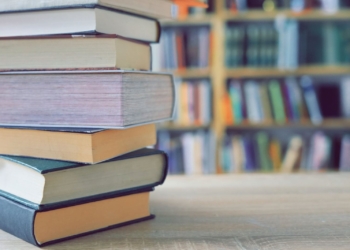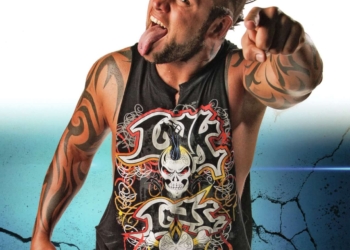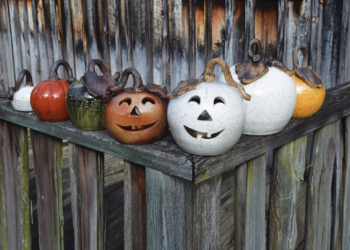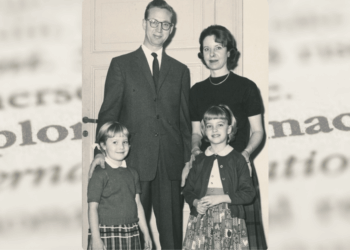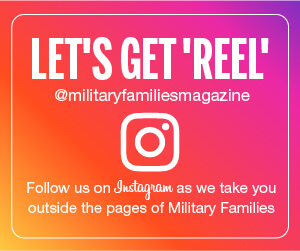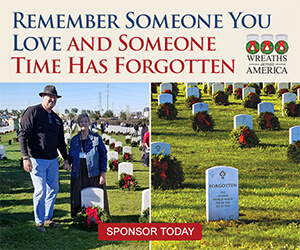With Russia’s annexation of Crimea in 2014, Slava Leontyev and his wife Anya Stasenko knew they needed to prepare for war. Although both were artists by trade, Leontyev recognized that his prior weapons training and close ties with Ukrainian military forces would prove indispensable for what lay ahead. Then, the battle erupted.
Eight years later, Russia launched a full-scale invasion of Ukraine on Feb. 24, 2022. Leontyev was soon thrust into the thick of it all as a Ukrainian special forces soldier and weapons instructor. He trained artists, nurses, businessmen, and everyone in between.
Two months into the war, Leontyev traded his rifle for a camera. After working with hundreds of fellow citizens in marksmanship, he transitioned from soldier back to artist.
“I returned to my art because so many others took up arms in my place,” he said.
“Porcelain War” documents not only the realities of defending the couple’s homeland, but the beauty of the art created amid destruction.
More than two years later, the war has become one of the most devastating conflicts in Europe in recent decades. Ukraine’s military, along with civilian volunteers, have fiercely resisted Russian forces, fighting to protect their sovereignty and democratic values.
RELATED: Marine veteran finds calling in support of Ukraine resistance
“We can completely understand our enemy from inside. We worked in Moscow for many years in the late 90s and early 2000s,” Leontyev explained. “We both came from Soviet life and Russian culture.”
The couple described being Ukrainian as a choice, one they’d make over and over again, they said. The couple’s love for art brought them together but for Stasenko, it is more than a passion. Drawing and painting are everything.
“It was not a question about my future. My mother always knew what it would be,” she added.
As they collaborated their talents, Leontyev began creating porcelain figurines for Stasenko to bring to life. They never imagined they’d be doing it in the middle of a war.
“All my life I didn’t read the news every day, but after the annexation I understood history was coming to me,” she shared.
While most in Kharkiv during the first days chose to remain inside their homes, the couple recalled seeing university students flock to the train stations to get away. Then the Russian bomber attacks began.
“We were prepared. Ready to stay and fight,” Leontyev said.
Though Kharkiv was never occupied and his unit held the line, none of the units in occupied cities survived.
“I started to drive from one subway station to the next telling commanders I would train first-time fighters. I think I taught around 2,000 people that first year,” he recalled. “I did this every day, and we continued to work on our porcelain.
Five-thousand miles away, Brendan Bellomo, co-director of “Porcelain War” and a longtime friend, reached out to Leontyev to see if he was OK. Soon their conversations turned from the stark realities of the war in Ukraine into the idea of a documentary film.
A former NYU Tisch filmmaking professor, Bellomo created a long-distance crash course in documentary filmmaking for his Ukrainian collaborators, covering everything from cinematography to sound recording. From Los Angeles, he guided their shooting process and storytelling, helping them craft an intimate, immersive portrayal designed to make audiences feel as if they are living the experience alongside them.
“Anya started to tell the story of the war on one of her figurines, using very allegory and metaphoric language through her paint. It was a very surreal experience to feel the war right outside your door. To put on the Kevlar and go to war and come back at night to live in peace through art,” Leontyev said. “We understood from the beginning that this is a genocide war. Our culture of freedom is the main target of the aggressors. Since the first days of the war many of our universities and artists were killed. We recognized our history can disappear in a moment, and we must preserve and put it within our art.”
Men under the age of 60 are not allowed to leave Ukraine as they are considered “fighting age.”
“We are trying not to mobilize men under 25 because they are the future, and we cannot lose them,” he said. “Out of all of my own instructors and coaches, nobody survived.”
As he put down his weapon to begin to document the fight and fragile art crafted with missiles landing outside, Leontyev’s commanders bolstered the documentary by recognizing the power in the storytelling. As the three-year mark of the war approaches, he shared that fighters are getting tired and families are damaged and broken apart.
Despite fighting and surviving in the ashes of Ukraine, they stand.
“I was told my camera can be an even more powerful weapon by telling the story of our experience. This is for me, my friends, and we have a message. Evil exists and it’s moving right now trying to destroy our world,” Leontyev stressed. “Despite this, resistance is possible. Our story is about people who are willing to defend democracy, keep humanity and fight for freedom in the darkest of times.”
As of late 2023, estimates suggest that tens of thousands of Ukrainian military personnel have died since the conflict began and that civilian death tolls are just as high, though it is difficult to confirm exact numbers. With North Korea sending fighters to support Russia in their invasion, it’s getting harder and harder. When asked what they would want the world to know about their fight, his response was measured but direct.
“This isn’t a film about only Ukraine,” Leontyev said. “This is for anyone who stands for democracy. It’s for those who value freedom. What would you do?”


